If we contemplate the land of India as a figurine itself, then it’s needless to say that the contours of this figurine would be carved down by India’s Holy rivers. There are lots of tributaries and distributaries originating from the main flow, each having its own significance. Throughout the years, the banks found alongside the rivers have flourished as the heart of a place’s religious beliefs and in tourism aspects as well.
The Ghats of Varanasi in Uttar Pradesh can be proclaimed as one of the most pious and desired holiday destinations of a visit by the people of this country. The word ‘Ghat’ has emanated out by its innumerable Dravidian roots such as Kannada Gatta (mountain range) or Tamil Kattu (side of a mountain, dam, ridge, causeway) or maybe Telugu Kattu and Gattu (dam, embankment).
Ghat is mainly an expression used in the Indian continent, relying on the context could either signify a range of stepped-hill such as the Eastern Ghats and the Western Ghats; or a series of steps leading down to a water body. The city of Varanasi has been molded down by 88 well-known ghats. Most of the ghats are used for ceremonial and bathing purposes, while two ghats namely Manikarnika and Harishchandra, are used exclusively as burial sites.
The Genesis
The History of these ancient Ghats is very much bountiful. Varanasi ghats date back to the 14th century and were rebuilt in the 18th century under the monitoring of the Maratha emperors. The philanthropists include renowned Hindu rulers like the Ahilya Bai Holkar of Malwa region, Peshwa’s of Gwalior, Man Singh of Amber, Jai Singh of Jaipur, etc.
Some of the famous luminaries of Varanasi have named the ghats as their own namesake. For example, the Munshi Ghat is named after the Hindi poet Munshi Premchand, Tulsi ghat after the poet Tulsidas who has written Ramcharitamanas. Many eminent personalities of Varanasi like the former Kashi Naresh own Shivala or Kali ghat. The Marathas, Holkars, Bhonsles, Shindes (Scindias), and Peshwes (Peshwas) are contributors to the present-day Varanasi as well. Some ghats are sound to be connected with age-old folklore or myths.
The morning and evening boat ride on the river Ganges across the ghats is one of the most flavored tourist highlights. The Aarti held after dusk is a thing to witness and cherish. The boats are just simplified wooden boats which are manually driven. All the ghats have their name written with bright paint.
The most prominent ghats which everyone should be bound to visit:
Assi Ghat
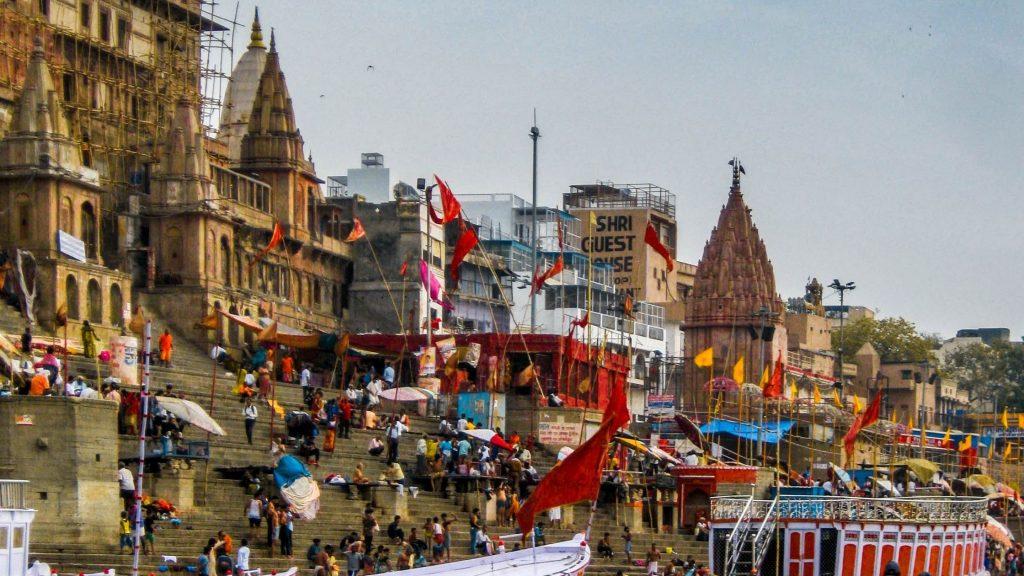
The Assi ghat lies at the confluence of the sacred Ganges and the dry river Assi, which marks the traditional southern boundary of the city. Named after the Assi River, Assi Ghat appears as a contrast to the crowded and congested Dashashwamedh Ghat. The Assi Ghat is the area where most of the students, local tourists who stay for a long term for research purposes or the foreign tourists prefer to stay. The surroundings of this ghat are spacious and easily accessible. It is a peregrinate place for the Hindus, who douche in the water before offering prayers to Lord Shiva who is found below a huge pipal tree. It is believed that after slaying the demon brothers Shumbha-Nishumbha in a huge battle, Goddess Durga cast off her sword in the Assi’s stream.
Dashashwamedh Ghat
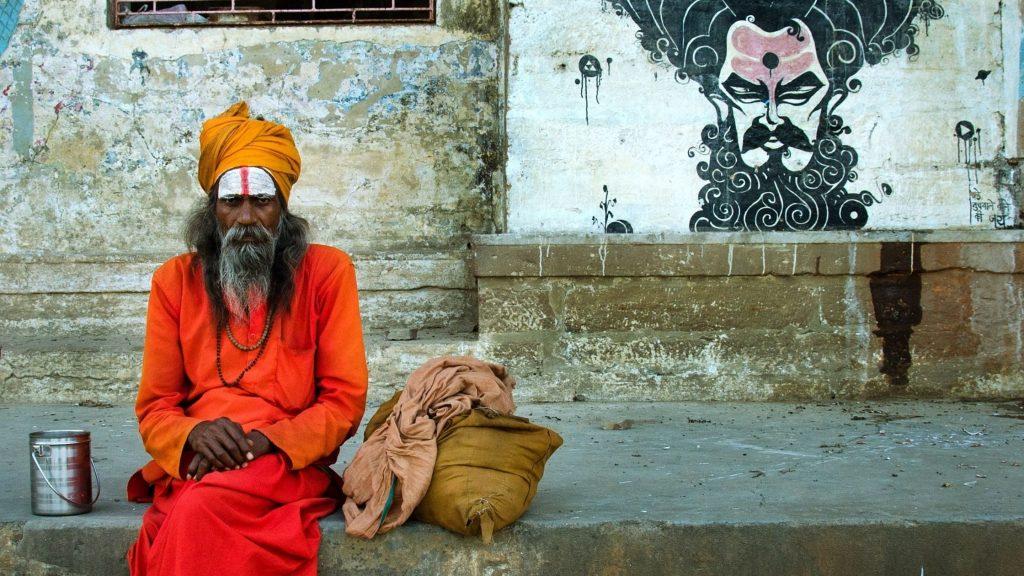
Dashashwamedh Ghat is the main epicenter of splendid action and the top point of interest of Varanasi. Lord Brahma performed the Ashwamedh Yagya and sacrificed 10 horses for this spiritual ritual. That is why the ghat’s name is coined from the term Dash meaning ten and Ashwa meaning horse. Being one of the oldest and sanctified Varanasi ghats, it’s where the famous Ganga Aarti takes place every sundown. A group of priests daily perform this Aarti on this ghat. Its a form of religious offering made to River Ganges, Lord Shiva, Surya (Sun), Agni (Fire), and the whole universe. According to Hindu mythology, Lord Brahma erected this ghat to embrace the salutation of Lord Shiva.
Manikarnika Ghat
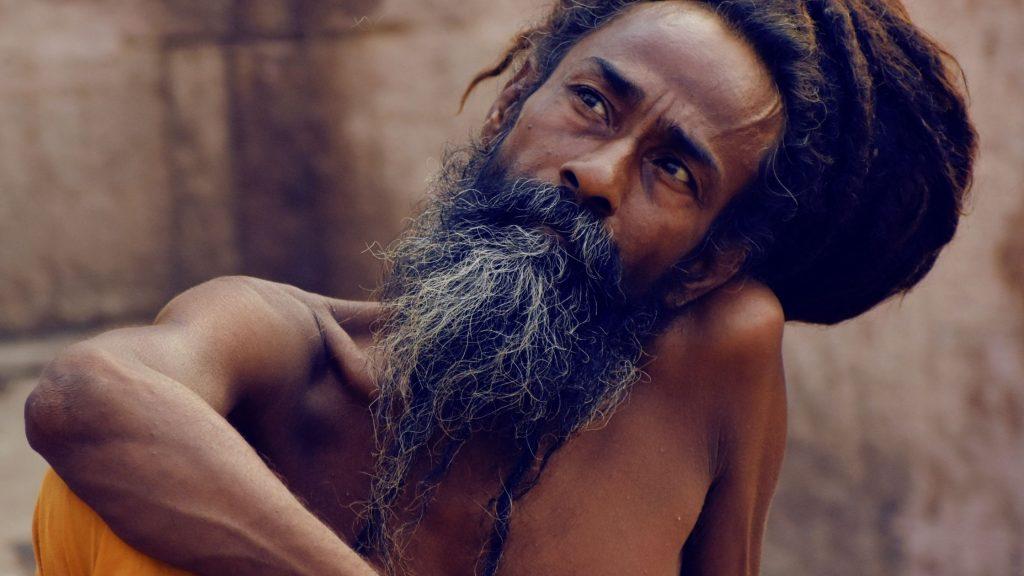
The most antagonistic ghat among all, the Manikarnika ghat (also known simply as the burning ghat) is the place where bulks of dead bodies are buried in Varanasi. The figure goes around 25,000 every year approximately. It is also found to be one of the oldest and sacred Varanasi Ghats. The ghat is a perfect portray of the life & death cycle. Legend has it that during the advent of Satya Yug, Lord Vishnu prayed to Lord Shiva at Anand Vana (Kashi) for such a long period of time so that Lord Shiva does not destroy Kashi while he destroyed the entire world. Lord Shiva was pleased by the solemn pleads of Lord Vishnu and granted the boon of eternal peace to Kashi.
Another fascinating tale revolving around this ghat is that Lord Vishnu making use of his Sudarshan Chakra dug a pond or Kund at the place for Devi Parvati and Lord Shiva. While having a bath in the Kund, an earring yielding a Mani (jewel) fell from Devi’s ear into the pond. Hence the Ghat was named Manikarnika Ghat. While others also believe that the earring of Parvati or Sati fell at this place after she renounced her life.
Darbhanga Ghat
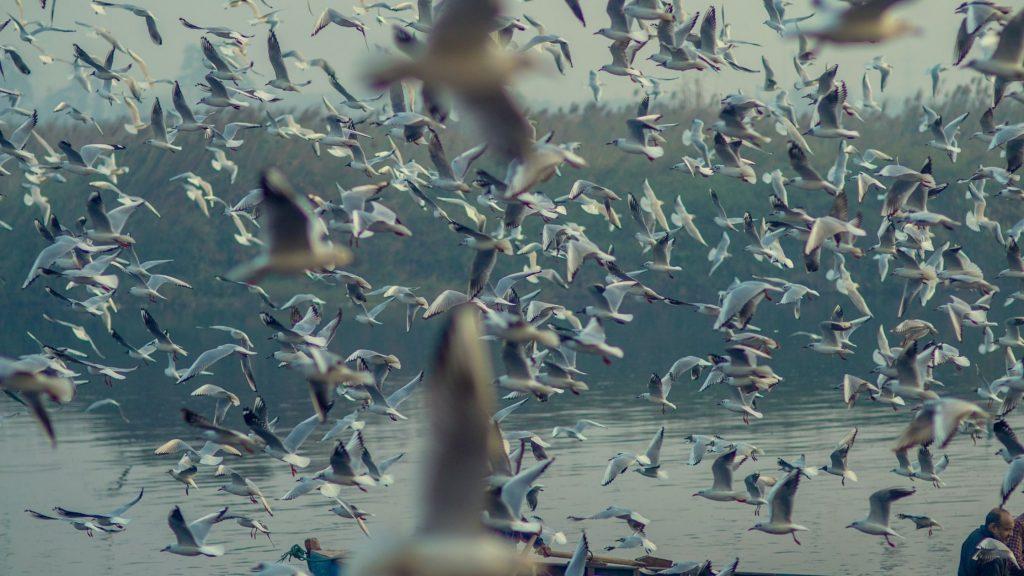
Darbhanga Ghat is another renowned Ghats in Varanasi where we can see the Brij Rama Palace which was built in the 18th century falling apparent to the Ganges and this is one of the ancient forts to be constructed on the riverfront by the royal family of Nagpur. The fort was later taken over and owned by the Maharaja of Darbhanga, Rameshwar Singh Bahadur in the 20th century. This visually appealing and architecturally monumental ghat also features the luxurious Brij Rama Palace hotel. The hotel was a fort in a first-place built by Shridhara Narayana Munshi (adjacent Munshi Ghat is named after him), who was the minister of the estates in Nagpur.
Chet Singh Ghat
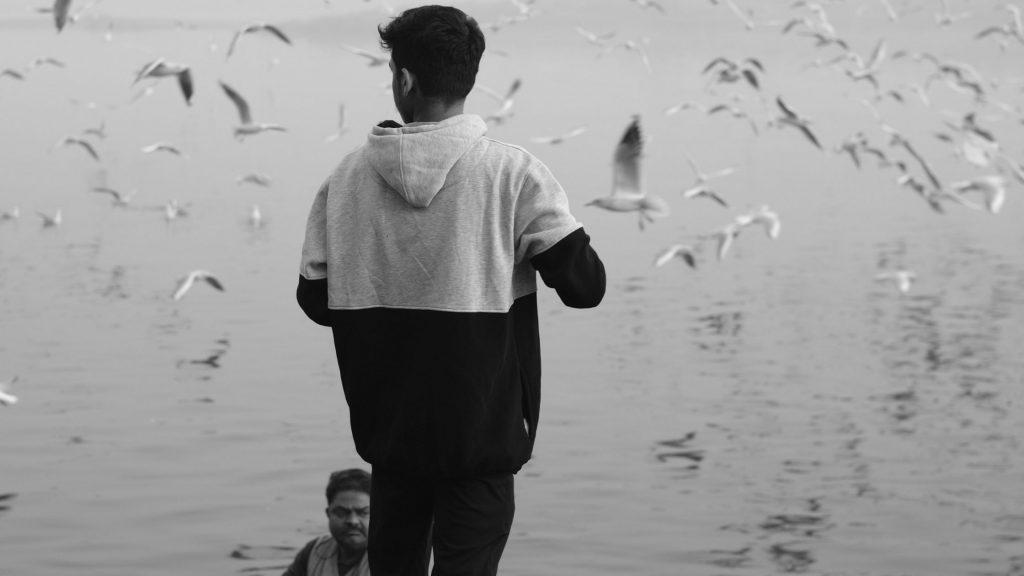
Chet Singh Ghat holds quite a bit of historical significance. It was the war ground of the battle between Maharaja Chet Singh (ruler of Varanasi then) and the British which took place in the 18th century. An eye-catching fort influences the ghat built by Maharaja Chet Singh in the mid-eighteenth century. The fort was his primary residence. But when the Maharaja lost the battle to the British, he fled from the fort and the fort went under the governance of the British Raj.
Man Mandir Ghat
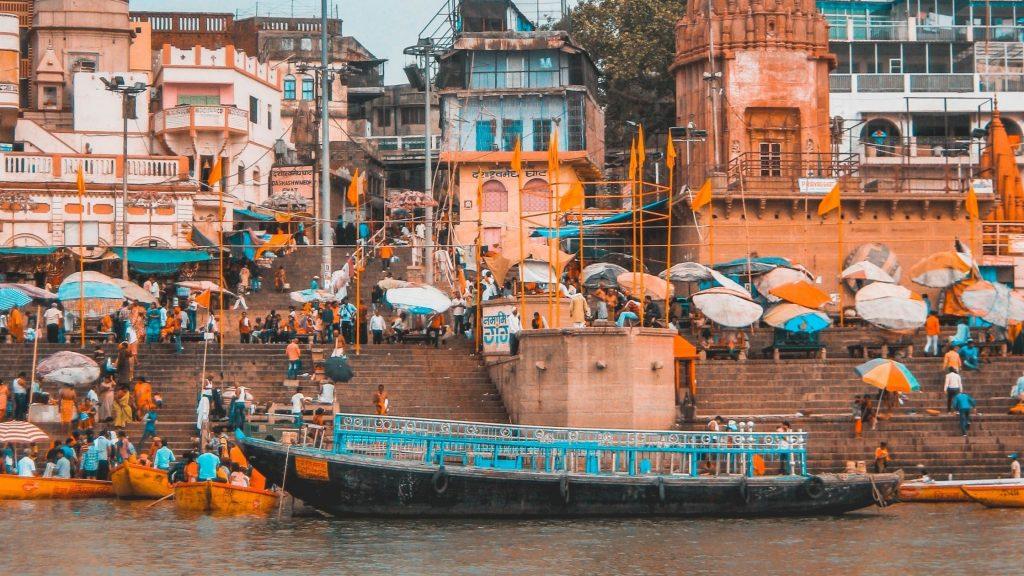
Man Mandir Ghat is marked for its exquisite Rajput architecture and sculptural antics which are reflected in the amazing ornate window carvings of a beautiful palace that was shaped and augmented at this place by the Rajput king Man Singh of Amber, Rajasthan in the 1600s. The ghat also comprises a noteworthy magnificent eighteenth-century observatory that was set up by the King under the instruction of his astrologer.
Panchaganga Ghat
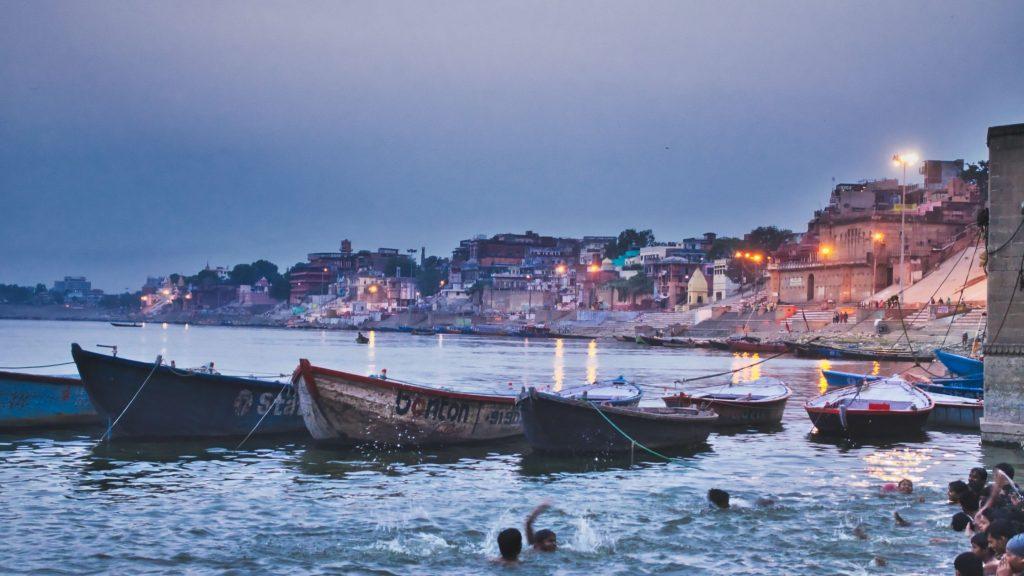
At the very far northern end of the ghats, Panchganga Ghat is found which got its name from the amalgamation of five rivers (Ganges, Yamuna, Saraswati, Dhutpapa, and Kirana). Legendary poet Tulsi Das is said to have composed the famous Vinay Patrika on this ghat only. It is also assumed that the gothic Sufi Saint found his guru Vaidant Ramanand at this place and this was his learning place.
Jain Ghat
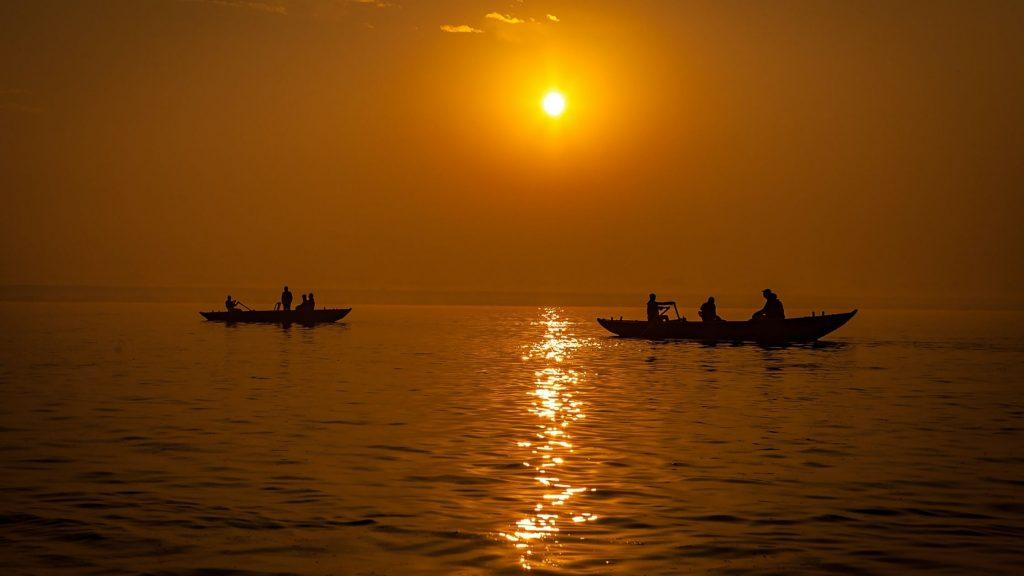
The Jain Ghat or Vachraj Ghat is a Jain Ghat and has three Jain Temples located on the banks of the river. The ghat was earlier known as the Vachraj ghat, but later Babu Shekhar Chanda had rebuilt the ghat and named it after the Jain Tirthankara. It is believed that the 7th Jain Tirthankara, Suparshvanatha was born somewhere in the adjoining regions of the ghat.
Related:


